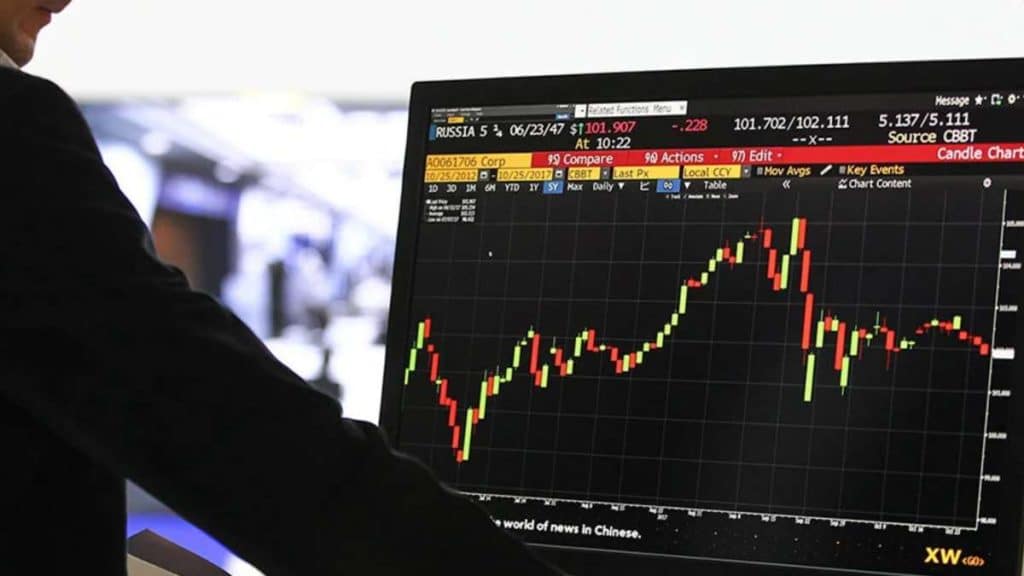Bitcoin, a decentralized digital currency, has ignited curiosity in mining, a process that verifies and adds transactions to the blockchain, a public ledger. Interested in profiting from Bitcoin trading? Visit the site to execute successful trades, even without prior experience.
Factors affecting the time to mine 1 Bitcoin
When embarking on the complex task of mining a Bitcoin, several factors come into play that significantly impacts the time it takes to mine that coveted digital coin. Among these factors, the hash rate holds a paramount position. Hash rate is essentially the speed at which a miner’s hardware can guess and solve the complex mathematical problem required to validate and add a new block to the blockchain, subsequently rewarding the miner with new Bitcoins. The higher the hash rate, the more guesses a miner can make per second, thus increasing the chances of solving the block, and mining a Bitcoin.
In cryptocurrency mining, the mining difficulty is a crucial factor alongside the hash rate. This dynamic metric adjusts according to the total hash power of the network, ensuring an average block time of approximately 10 minutes. As more miners join the network, mining difficulty increases, making it more arduous and time-consuming to mine a single Bitcoin. Conversely, if miners leave the network and the overall hash power decreases, mining difficulty will also decrease, potentially expediting the mining process. The adaptive nature of mining difficulty guarantees a consistent rate of new block additions to the blockchain, regardless of fluctuations in the number of miners or the combined hash power they contribute.
Furthermore, the concept of mining pools significantly influences the time it takes to mine a Bitcoin. Mining pools are collective groups of miners who share their computational resources to enhance their chances of solving a block. By joining a mining pool, individual miners can receive a portion of the block reward, proportional to the amount of computational power they contribute, on a more consistent basis as compared to solo mining. While the reward is shared among many, the probability of mining a Bitcoin increases drastically, thus potentially reducing the time it takes to mine one. However, it’s crucial to note that while joining a mining pool may accelerate the rate at which an individual receives rewards, the total reward received over time may be lesser compared to solo mining if one were to successfully mine a block independently.
The amalgamation of these factors – hash rate, mining difficulty, and mining pool participation – intricately dictates the time required to mine a single Bitcoin. It’s a nuanced interplay where a shift in one factor could lead to a noticeable change in the time it takes to mine a Bitcoin, making the endeavor of Bitcoin mining a meticulous and calculated venture.
The Average Time to Mine 1 Bitcoin
The time it takes to mine a single Bitcoin is a nuanced aspect of the mining process, heavily influenced by various factors including the hash rate, mining difficulty, and whether or not a miner is part of a mining pool. On average, it takes about 10 minutes to mine one block on the Bitcoin network. However, mining a whole Bitcoin is a different story since the rewards for mining a new block are distributed among miners.
The average time to mine 1 Bitcoin can vastly differ from miner to miner. For instance, a mining farm with a significant number of high-performance ASICs will be able to mine a Bitcoin in considerably less time compared to an individual miner with a single mining rig. The hash rate of a miner’s hardware, measured in terahashes per second (TH/s), plays a crucial role in determining how quickly a miner can contribute to the network and earn rewards.
Historically, the time to mine a Bitcoin has increased over the years due to the increase in mining difficulty and the saturation of the network with high-performance mining rigs. Mining difficulty adjustments ensure that blocks are added to the blockchain at a steady interval, and as more miners compete for block rewards, the difficulty naturally rises. Consequently, individual miners or those with less powerful rigs will find it takes increasingly longer to mine a Bitcoin as time progresses.
Furthermore, whether one mines independently or as part of a mining pool also significantly affects the average time to mine a Bitcoin. Mining pools aggregate the hash power of all participants to increase the collective chance of solving a block, hence receiving block rewards. While joining a mining pool can drastically reduce the time it takes to receive a share of a block reward, the reward is smaller as it’s shared among all participants.
Conclusion
Mining a single Bitcoin is a complex endeavor affected by various factors like hash rate, mining difficulty, and mining pool participation. The time it takes is a nuanced interplay of these factors, making Bitcoin mining a meticulous and calculated venture that requires substantial computational resources and understanding.

